In 1983, a huge dust storm carried 250,000 tons of topsoil from drought-stricken Victorian farms and dumped it on Melbourne. As the environmental fallout hit, farmers started to realize that European methods of farming were unsuited to Australia. As a result, in 1986, Landcare was formed.
A degraded grazing property at Winjallok, central Victoria, became the focus for Australia’s first formal Landcare group program restoring the area through soil conservation, tree planting, rabbit control, and pasture improvement.
In 1989, long before food security and global warming became catchphrases in the world media, the Australian Conservation Foundation (ACF) and the National Farmers Federation (NFF) formed an unusual alliance.
They formulated a joint submission to the government to tackle rural environmental problems through community involvement and funding, forming Landcare Australia Limited as a nonprofit company to promote and sponsor the movement. The Commonwealth responded by declaring the 1990s as the ‘Decade of Landcare’ with $265 million in funding.
Today, over 6,500 community groups in urban and bush areas throughout Australia are supported by all three levels of government under Landcare’s umbrella.
The movement is unique in its combination of voluntary community efforts supported by professional, technical, and financial support from government and increasingly from the private sector.
Landcare, Bushcare, Rivercare, Coastcare and Dunecare groups deal with a huge range of problems—cleaning up rivers, stabilizing dunes, recreating wildlife corridors restoring wetlands, controlling feral animals and weeds, and revegetation.
Environmental Management Systems
Victorian Brangus beef producers Bob and Anne Davie have been farming since 1954. Originally they cleared more land and sowed pasture, but noticed signs of salt within 15 years. In the late 1980s, they received Landcare funding to protect creeks and native vegetation with fencing, and planting trees.
Mr. Davie said, “If we want to continue farming this land, it must be sustainable and to do this we need to look at our farm business as a whole and balance the needs of production and the environment.”
Now, their well-sheltered cattle need less feed, wildlife abounds, water quality and salinity are improving, and the farm is a leading example of Environmental Management Systems (EMS) in Victoria.
Landcare in the Future
As we enter another decade still blighted by environmental problems, Heather Campbell, Landcare Australia Limited’s new chief executive officer, believes this is an exciting time, despite reduced government funding.
“When funding changes, people go through a phase of looking at how to do things differently, and often with change comes a level of angst,” she said.
“Landcare as a movement is in the process of developing a framework for going forward. The issues of 20 years ago were things like salinity and soil erosion. The issues of today are food security and climate change,” said Campbell.
She added, “As Landcare has developed in the past to attack issues, it will keep moving with the times.”
Gen Y Landcarers
Ms. Campbell mentioned Landcare’s “maturity” and the importance of connecting with the younger generations.
“If you look at the Junior Landcare program, education and Young Landcare Leader Awards, they’re doing fantastic stuff! ‘Gen Y’ want to engage now, they want to do it this afternoon and they want to do something different next week,” she said. “How do we help them engage and be involved? They’re more than happy to get their hands dirty but they want to engage in a different way; they want to be able to do it instantly.
“They also obviously are fairly adept at the social media. One thing that’s really exciting for us at Landcare Australia Ltd. is a good portion of my team are all Gen Y. One of them Twittered the Minister the other day!”
Five Gen Y personalities have been nominated for the 2010 Young Landcare Leader Award. Nicholas Lever helped organise environmental initiatives at his school and also Canberra’s first sustainable careers expo, while Erin Rowe and Melanie Gent are team leaders of green community projects in New South Wales and Tasmania. Various schools and their students are also finalists for the Westpac Education Award.
People’s choice Awards
“The key thing at the moment, particularly with the Landcare Awards, is that it allows people to look at the huge diversity of Landcare and how they can actually interact and engage,” Ms. Campbell said, giving examples from cane toads in the Northern Territory to innovative protection of native bird colonies by Maremma dogs in Victoria.
Landcare is also hosting the The People’s Choice Awards in 12 categories covering projects in all eight states of Australia. Discussing the 88 “fantastic” finalists this year, Ms. Campbell said, “We want as many people voting as possible so we really can have the People’s Choice Award.” Votes close at 12am EST 23rd June 2010.
See the 2010 National Landcare Awards finalists http://landcareonline.com.au
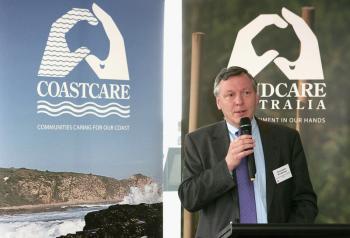
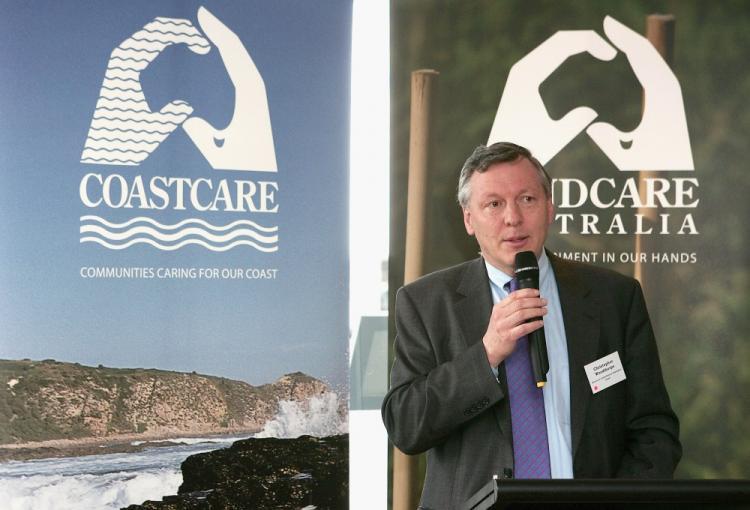
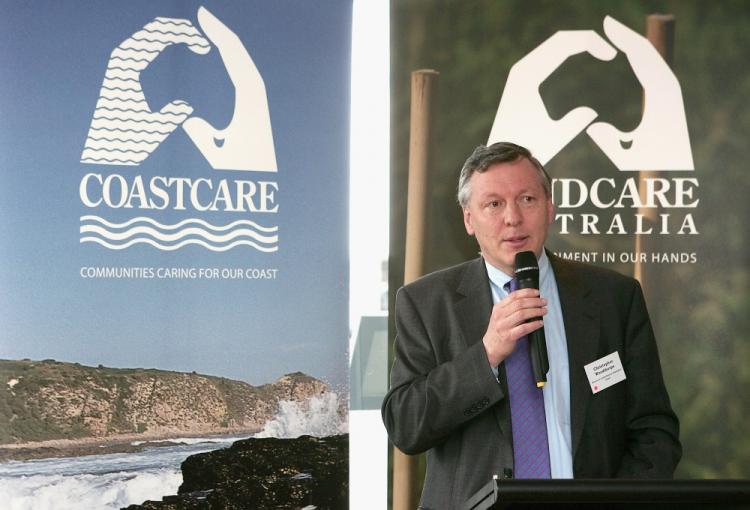

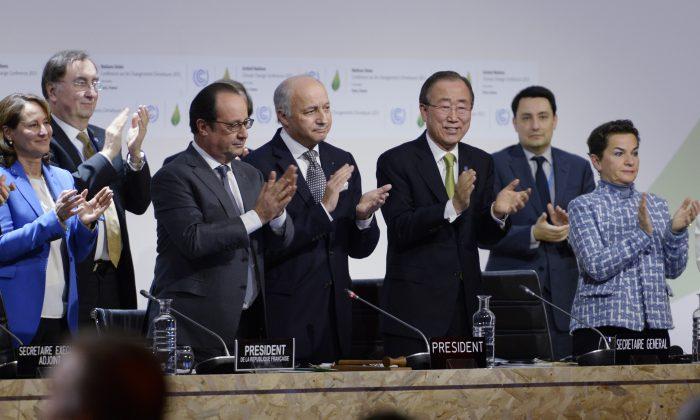
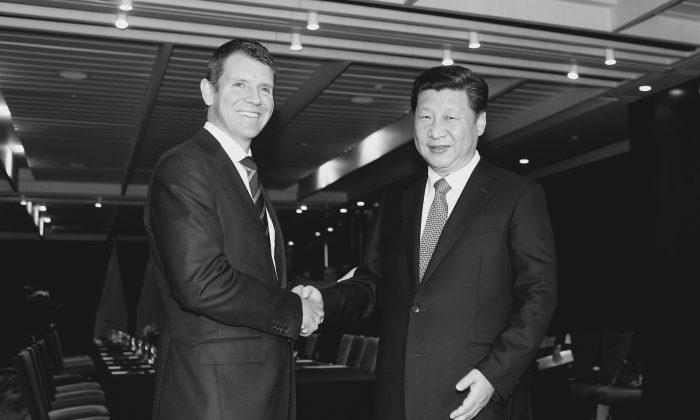

Friends Read Free